Top 10 Most Common Car Problems and How to Fix Them
If you own a car, you’ve probably faced an annoying issue that disrupted your day — from shaking engines to cryptic warning lights.
Carithm helps you troubleshoot problems with AI-powered analysis, based on real automotive data. Before you panic or visit the mechanic, check out the most common issues drivers encounter — or try Carithm AI now for instant car diagnostics.
1. Engine Misfires
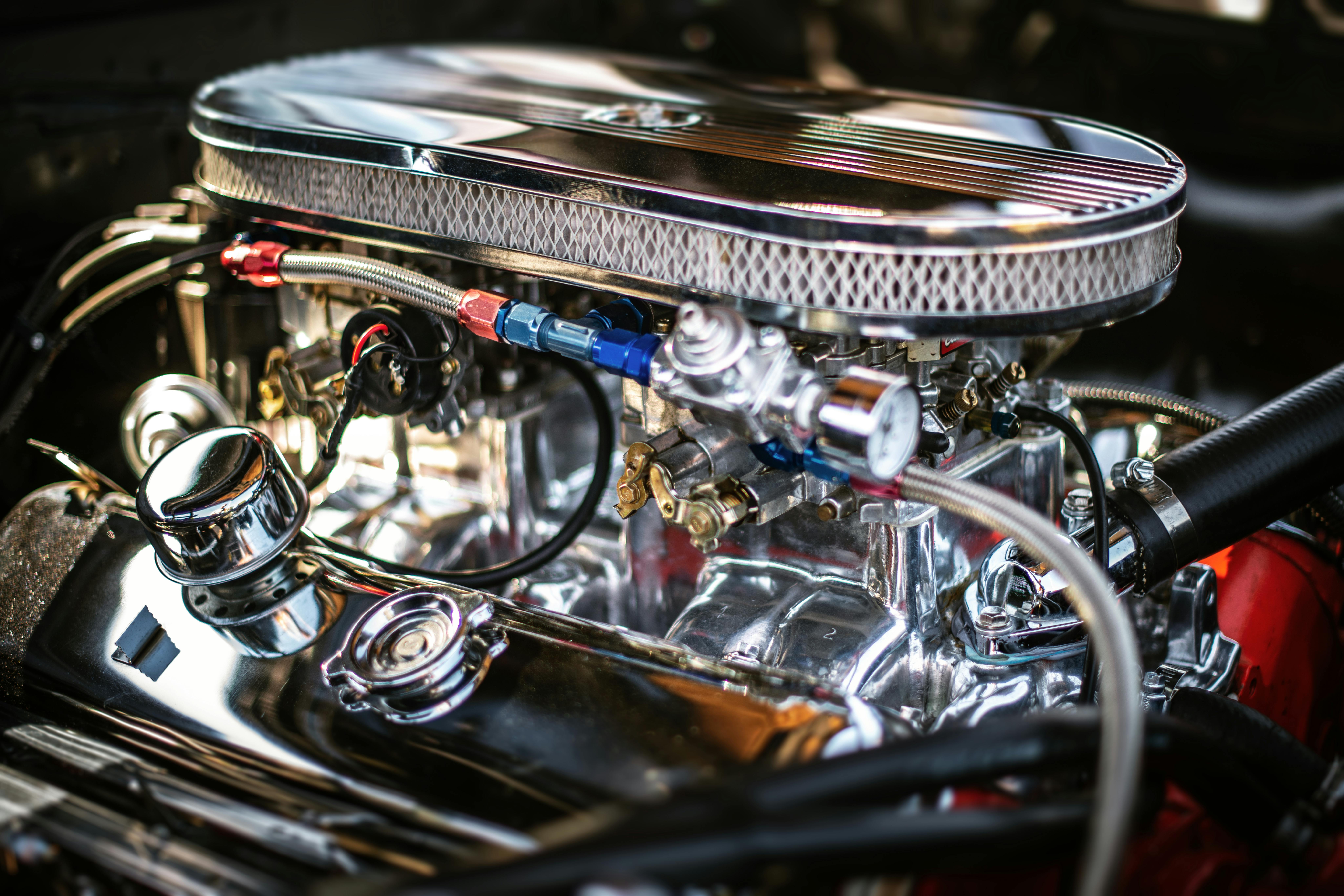
One of the most unsettling things that can happen while driving is feeling the engine stumble or jerk. Engine misfires often cause rough idling, shaking, and a significant drop in performance. It’s usually due to worn-out spark plugs, faulty ignition coils, or clogged fuel injectors. Replacing these parts and doing regular tune-ups can help restore engine smoothness and prevent further damage.
2. Dead or Weak Battery
You turn the key or push the start button, and the car hesitates—or worse, doesn't start at all. That’s a classic sign of a weak or dying battery. Over time, corrosion on terminals or an aging battery can reduce cranking power. If you’re noticing dimming lights or struggling startups, it might be time for a battery replacement or a quick alternator check.
3. Overheating Engine
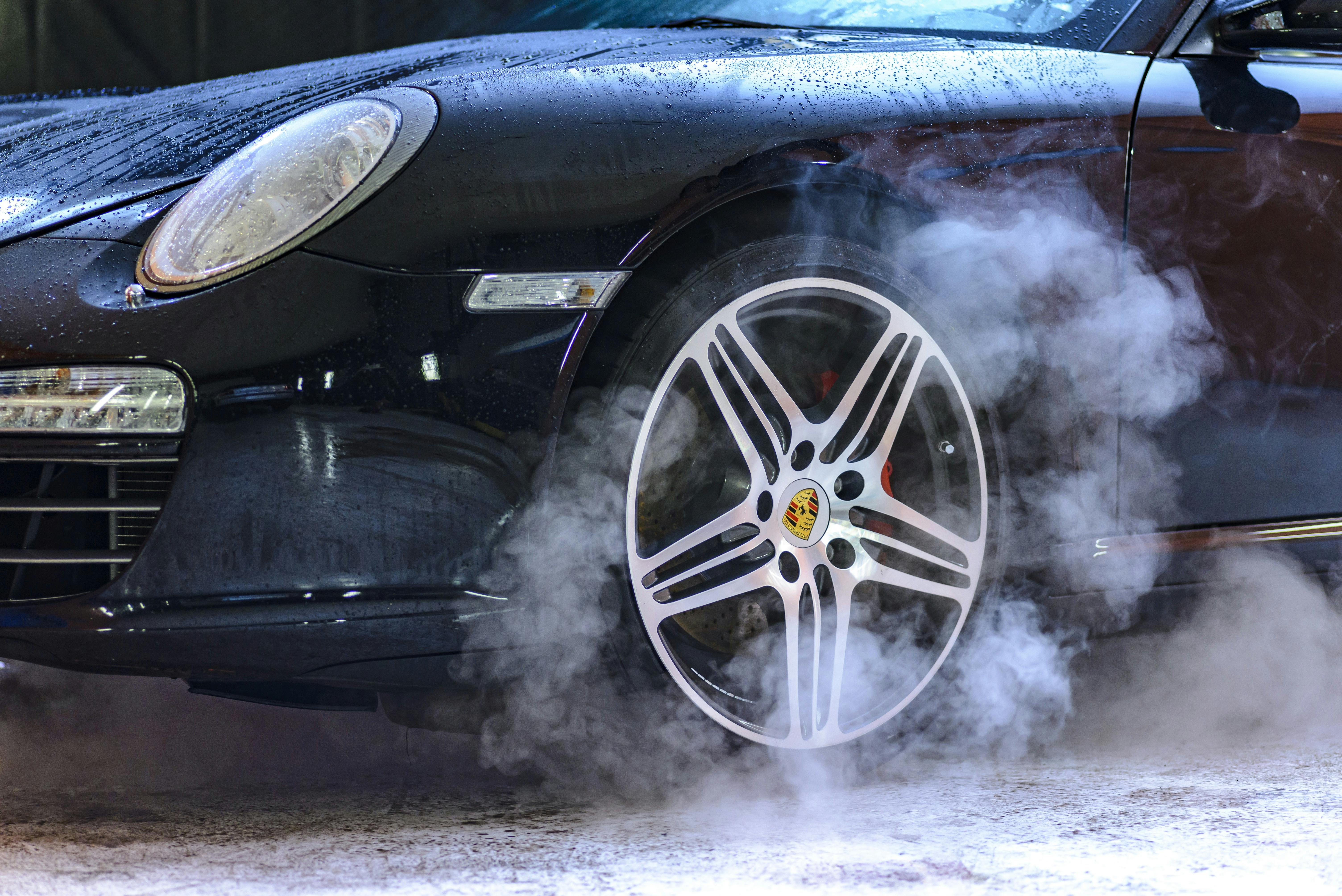
When steam starts pouring out of the hood or your temperature gauge climbs into the red zone, it’s a sure sign of overheating. This could be due to low coolant levels, a failing radiator, or a stuck thermostat. Catching it early can prevent serious engine damage. Always check coolant levels and keep your cooling system in good condition.
4. Brake Problems
Your brakes are the most critical safety component in your vehicle. If you start hearing squealing sounds or feel a soft pedal, it's time to pay attention. These signs could indicate worn brake pads, air in the brake lines, or low fluid. Don’t ignore it—brake issues rarely get better on their own and can become dangerous fast.
5. Transmission Issues
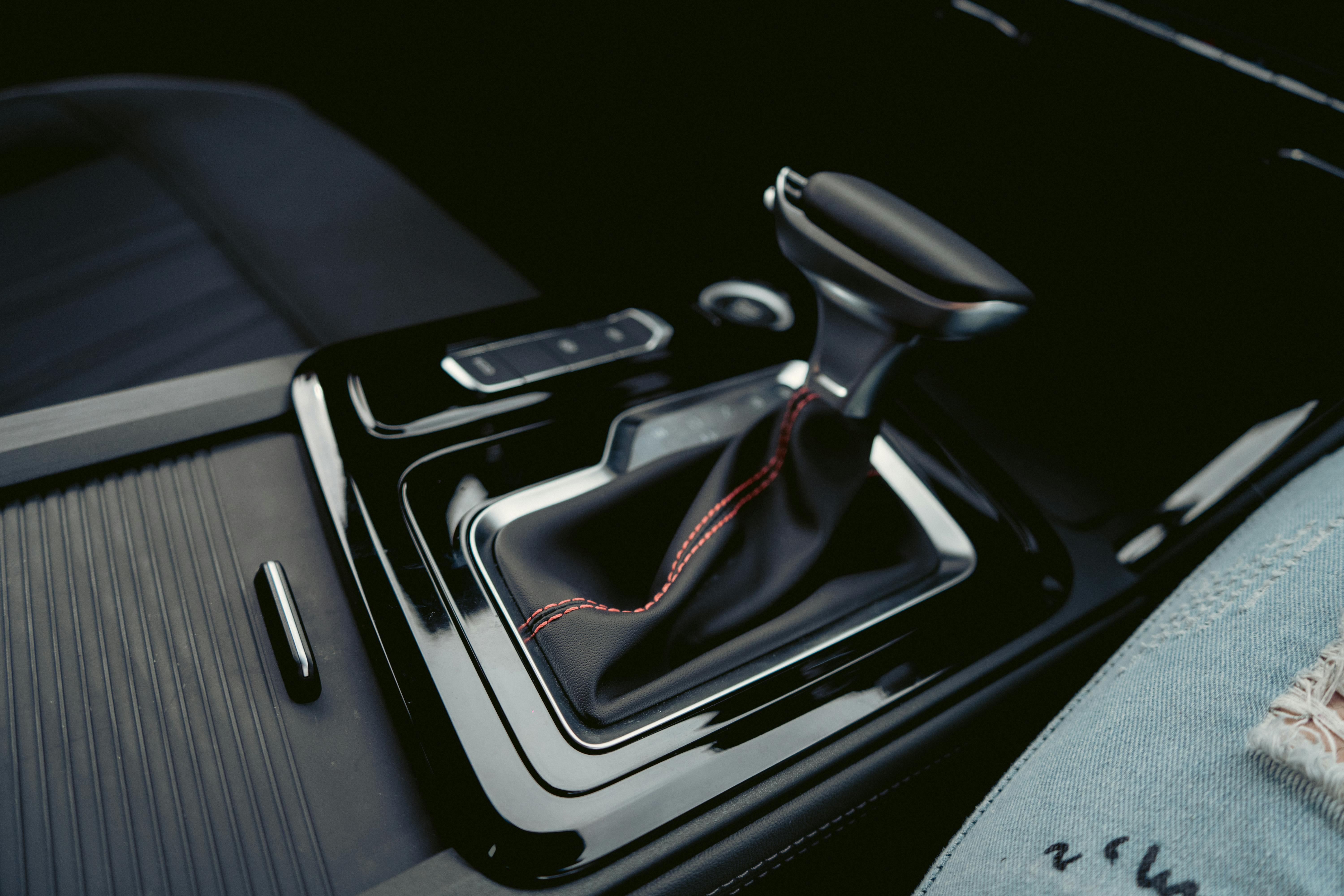
A smooth-shifting transmission is key to a good driving experience. If your car hesitates, slips gears, or makes strange noises when shifting, your transmission might need attention. Regular fluid checks and servicing can go a long way in keeping it in top shape and preventing costly repairs.
6. Check Engine Light
It’s easy to ignore the check engine light—until the problem becomes worse. While it can sometimes indicate a loose gas cap, it can also mean something more serious like a misfire, emissions failure, or sensor issue. Tools like Carithm can instantly scan the codes and tell you what’s really going on under the hood.
7. Starter Motor Problems
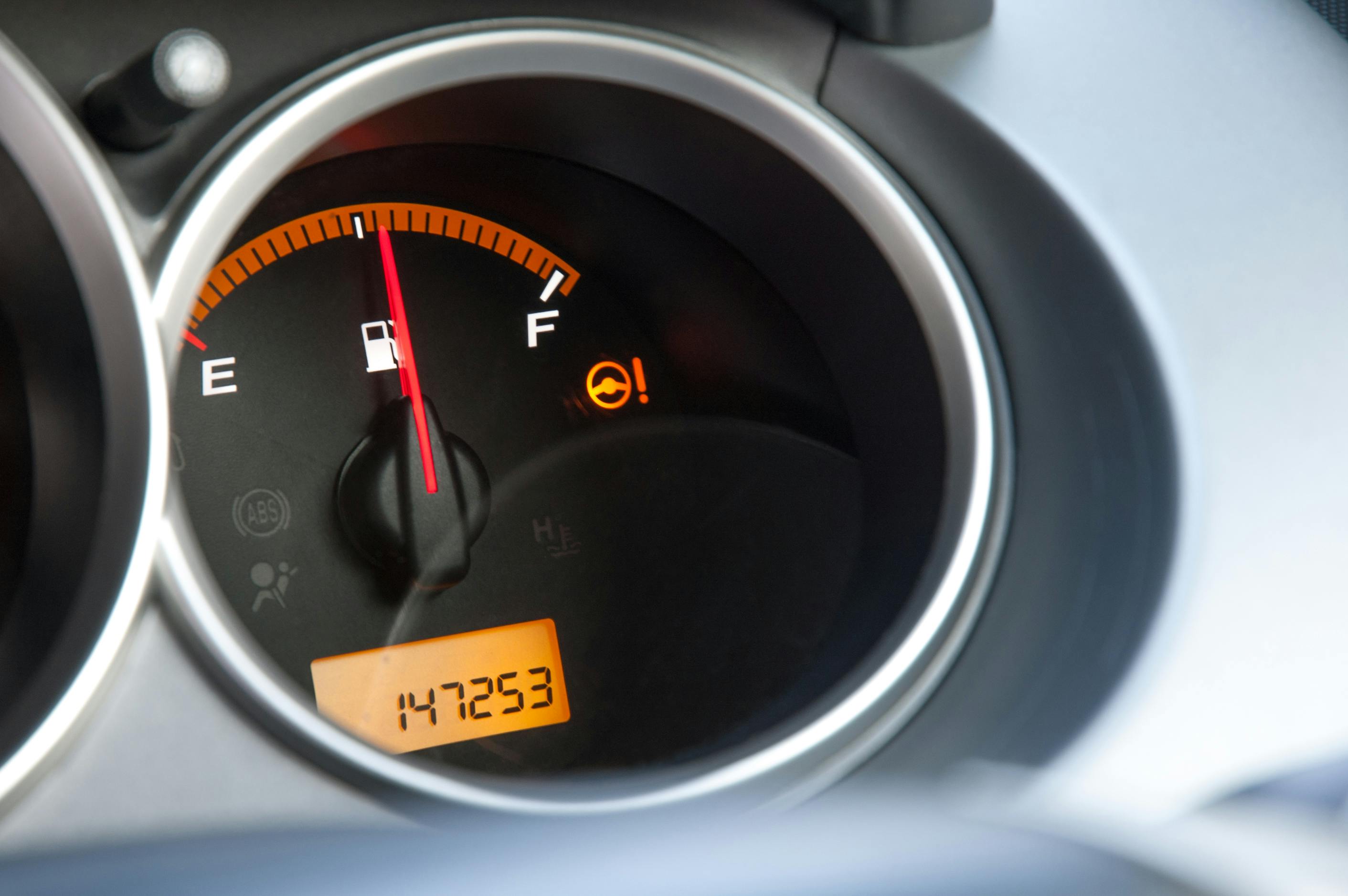
When you hear a click but the engine doesn’t turn over, the starter motor could be at fault. This component is responsible for cranking the engine when you start the car. If it fails, even a fully charged battery won’t help. Replacing the starter usually resolves the issue, but it's also worth testing your battery at the same time.
8. Faulty Alternator
Your car’s alternator keeps the battery charged and powers electronics while the engine runs. If you're seeing flickering dashboard lights or your battery keeps dying, a failing alternator might be to blame. Replacing it in time ensures tha
9. Exhaust Smoke
Seeing smoke coming out of your car’s exhaust can be alarming — and for good reason. The color of the smoke often tells you what’s going wrong under the hood. Blue smoke usually points to oil burning, white smoke could mean coolant is leaking into the engine, and black smoke may suggest your car is running too rich on fuel.
These issues can arise from worn valve seals, blown gaskets, or fuel system problems. While some causes might be minor, ignoring exhaust smoke can lead to bigger engine damage. It's always best to get it checked by a mechanic as soon as you notice unusual smoke from the tailpipe.
10. Suspension Problems
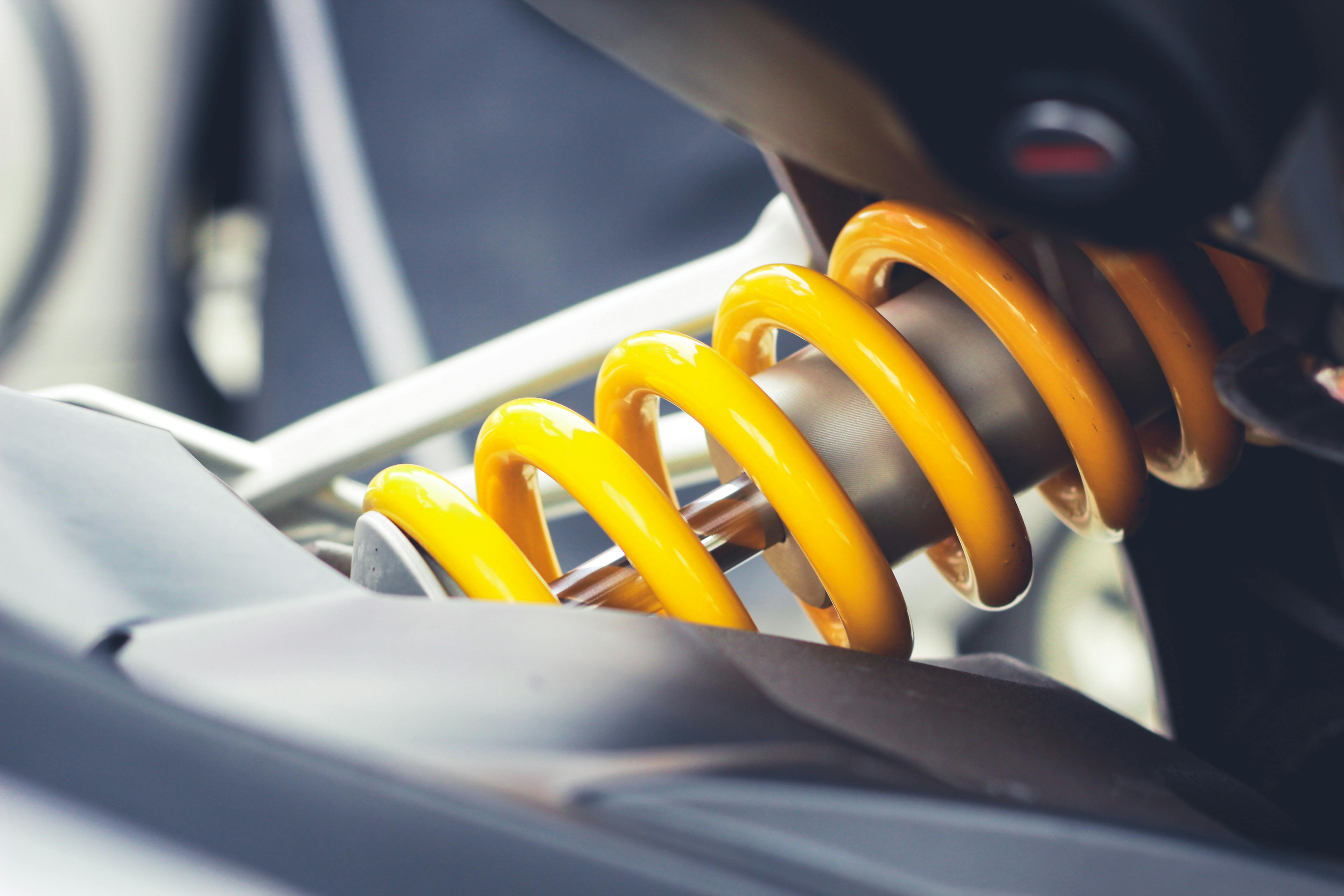
If your car has started feeling unusually bumpy or shaky while driving — especially over speed breakers or uneven roads — there’s a good chance the suspension system is to blame. You might also hear odd clunking sounds or feel the steering becoming harder to control. In many cases, one of the first signs is uneven tire wear, even if you’ve recently had a wheel alignment.
Over time, suspension components like shock absorbers, struts, or control arms can wear out due to regular driving, potholes, or even minor accidents. This not only makes your ride uncomfortable but also affects safety — especially at high speeds or while cornering.
The fix often involves replacing the worn-out shocks or struts, checking the control arms and bushings, and realigning the wheels. It’s not something you want to delay, because a bad suspension can impact braking distance and overall vehicle stability.
If your car suddenly feels like a boat on a wavy sea or leans awkwardly during turns, don’t ignore it — get your suspension checked. A smooth, stable ride isn’t just about comfort; it’s also about keeping you in control when it matters most.
Try Carithm Now — It’s Free!
Use Carithm AI to diagnose your car's symptoms and OBD-II codes. No signup. Just type and fix.
Got Questions or Tips?
Leave your feedback below — we’re building Carithm in public and want your input!